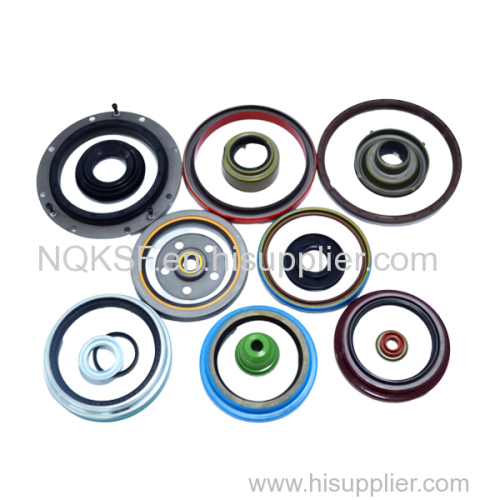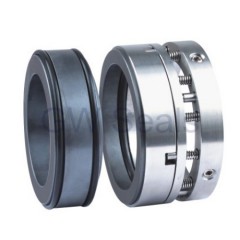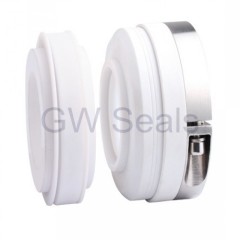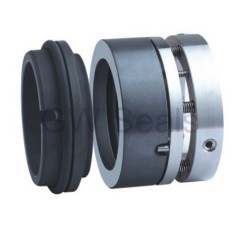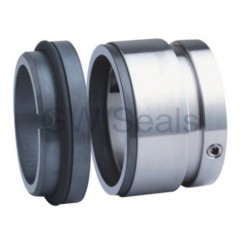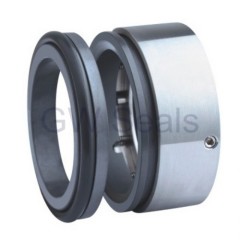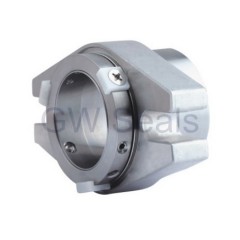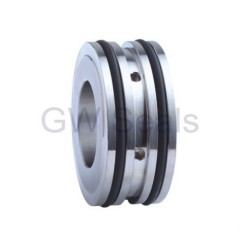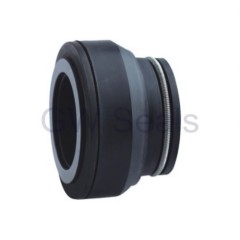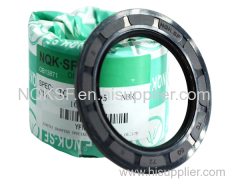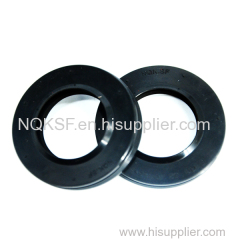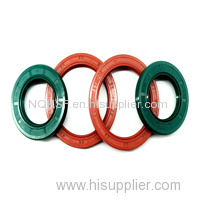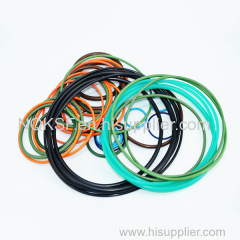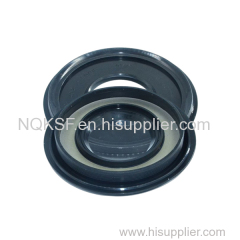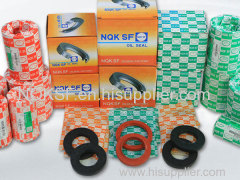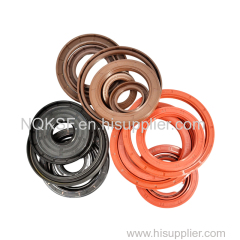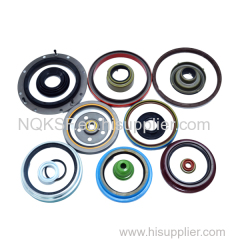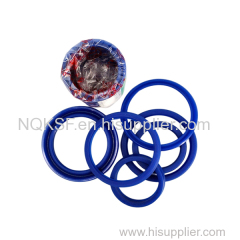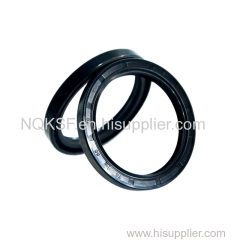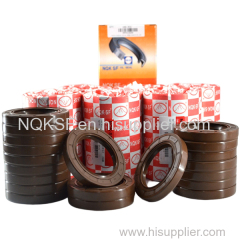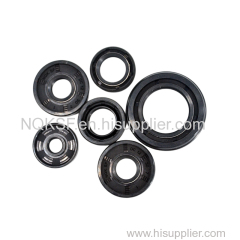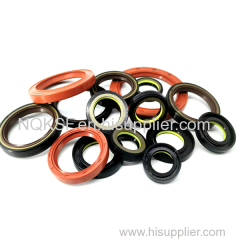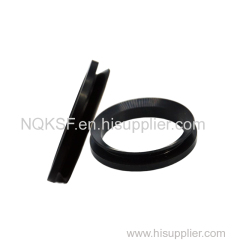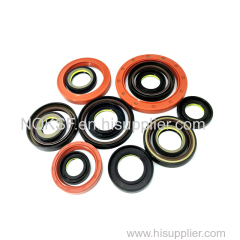|
Xingtai Shanfeng special rubber products Co., Ltd
|
High Quality Oil Seal NBR FKM Various Mechanical Bearings Oil Seal
| Price: | 1.3 USD |
| Payment Terms: | T/T,L/C,D/A,D/P,WU |
| Place of Origin: | Hebei, China (Mainland) |
|
|
|
| Add to My Favorites | |
| HiSupplier Escrow |
Product Detail
Oil seals are sealing elements used to close rotating or fixed shaft sealing devices. Their main function is to prevent lubricating oil, liquid, o
Oil seals are sealing elements used to close rotating or fixed shaft sealing devices. Their main function is to prevent lubricating oil, liquid, or gas from leaking from the shaft seal while blocking dust, dirt, and other external contaminants from entering the mechanical system. Oil seals are usually made of elastic materials (such as rubber or polyurethane) and metal components (such as springs) to achieve high sealing efficiency.
Types of Oil Seals
1. Static Oil Seals: Used for sealing between stationary parts, such as flanges and joints, typically to prevent liquid leakage or contaminants from entering.
2. Dynamic Oil Seals: Used for sealing rotating or reciprocating parts, maintaining sealing effectiveness during shaft rotation or reciprocating movement, suitable for pumps and motors.
3. Double Lip Oil Seals: Provide dual sealing effects with inner and outer sealing lips effectively blocking liquid leakage and external contaminants, suitable for higher-demand applications.
4. Mechanical Oil Seals: Used in high-pressure and high-temperature environments, featuring complex structures to maintain stable sealing performance under extreme working conditions.
Applications of Oil Seals
1. Machinery: Commonly used in various mechanical bearings to prevent lubricant leakage.
2. Automotive Engines: Used to seal crankshafts and camshafts to prevent oil leakage.
3. Agricultural and Construction Equipment: Such as excavators and bulldozers, playing a crucial sealing role in transmission systems.
4. Industrial Gearboxes: Ensuring lubrication of the gear system, preventing wear caused by friction during operation.
5. Hydraulic Systems: Maintaining system stability in hydraulic pumps and motors, preventing hydraulic oil leakage, and ensuring efficient operation.
By using oil seals appropriately, not only can the working efficiency of equipment be improved, but also its service life can be extended, ensuring long-term stable operation.

